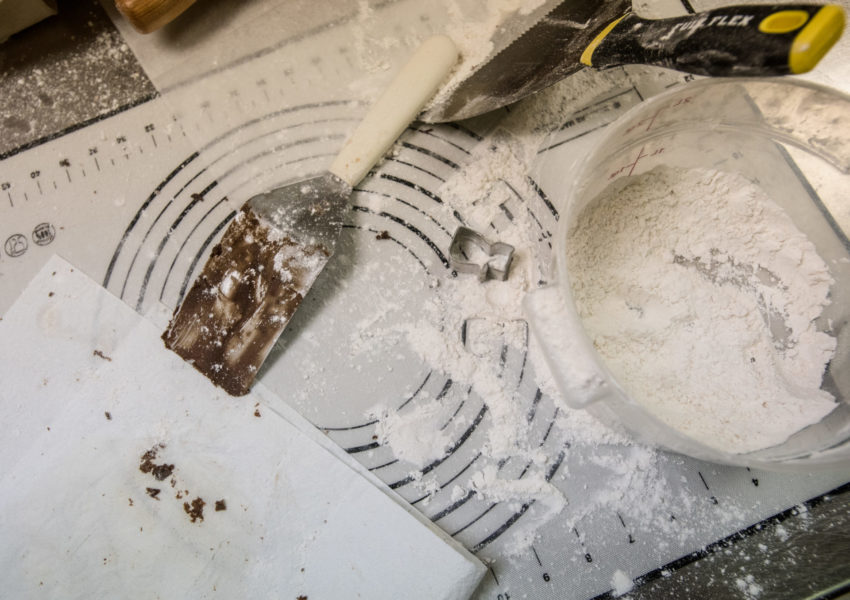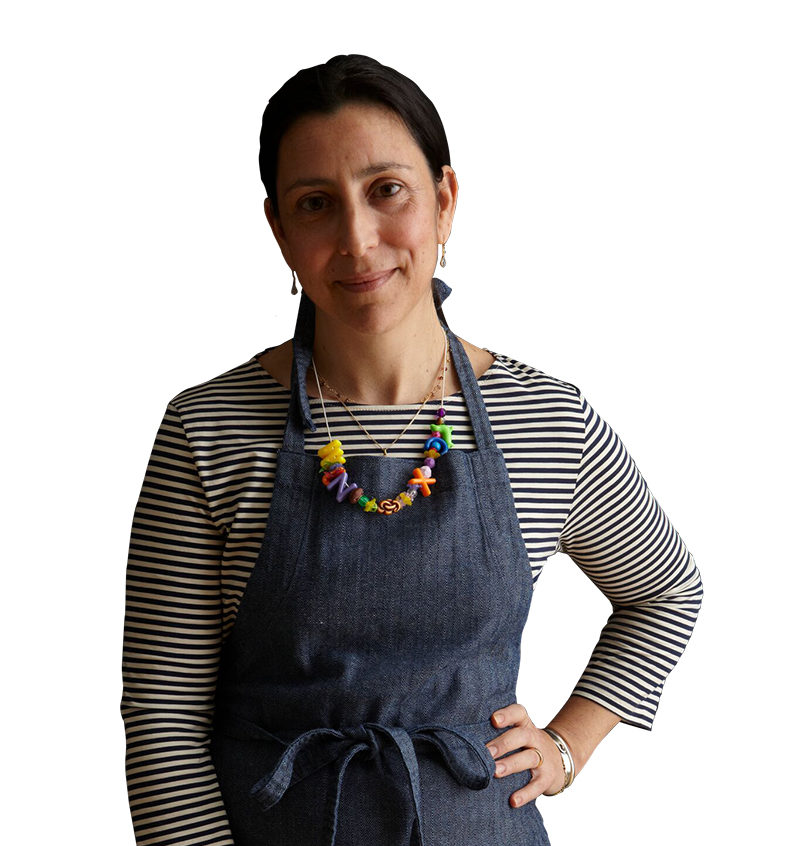Ya-ka-mein. Yakimi. Yet-ca-mein. Yak e mein. Yacamein. Ya-ka-meat. Yaka mein. There is no standard spelling because little has been recorded about the dish and its place at the New Orleans table until quite recently. The dish has been a staple in the city’s African American households for generations. Linda Green, now a grandmother herself, remembers her own great-grandmother making ya-ka-mein with pork chops. Recipes have been passed down orally through those generations—when Linda finally thought to ask her mother for hers, she instructed Linda to fetch a six-pack of beer and take a spectator’s seat in the kitchen. Linda never wrote down the recipe. Even the ingredients list on the ya-ka-mein seasoning mix that Linda currently markets leaves much to the imagination.
In fact, for all the dozens upon dozens of New Orleans cookbooks in print at any given time, it’s nearly impossible to find a written ya-ka-mein recipe outside of recent newspaper and Internet articles. Philipe LaMancusa, whose used and new cookbook inventory at Kitchen Witch Cookbooks currently approaches 9,000 titles, has never encountered one. Instead, ya-ka-mein recipes exist in taste and muscle memory, revealing themselves at the stove and in the bowl.
For some New Orleanians, like Maurice Haynes of Magazine Deli, ya-ka-mein is the kind of “quick, cheap dish” you whip up on the weekend from ingredients already on hand. For others, like Lucinda Mitchell of the former Mitchell’s Fruit Stand, making ya-ka-mein at home is a more deliberate endeavor. Lucinda prefers to use high-quality beefsteak, which she marinates for between three days and two weeks. Chip Flannagan has never made ya-ka-mein at home. A Caucasian, he’s the executive chef at Ralph’s on the Park, a fine dining restaurant where a ya-ka-mein made with pork belly cooked sous-vide hits white tablecloths alongside other haute offerings like duck confit and lamb crèpinettes.
Outside the home (and Ralph’s on the Park), ya-ka-mein is a super-casual dish. Bar food. Second line food. Corner grocery food. Foam cup food. Hangover food (when it goes by the alias Old Sober). It’s sometimes made with beef, sometimes pork, sometimes chicken, and occasionally seafood; sometimes spaghetti noodles, sometimes linguine, and occasionally udon or ramen. Some people garnish it with catsup, hot sauce, or an extra dousing of soy sauce. What almost all versions have in common is hardboiled eggs, sliced green onions, and a salty, spicy broth or “juice” that tastes vaguely Asian, insofar as soy sauce tastes Asian.
The name ya-ka-mein is, of course, also vaguely Asian. Many Chinese-American restaurants in New Orleans—as well as the rest of the country—do serve a less salty, vegetable-heavy version of a similarly named soup (yat/yet gaw mein). But the origins of New Orleans’ particular style of ya-ka-mein, and the story of how it presumably evolved from an Asian soup to an African American comfort food, are fuzzy. Two theories prevail: 1) Veterans of World War II or the Korean conflict returned home craving such a dish and made do with available resources. 2) Chinese immigrants who came to Louisiana in the nineteenth century to work on sugar plantations and, later, railroads passed on a taste for noodle soup to their African American co-laborers.
As New Orleanians were making and eating ya-ka-mein prior to the Korean War, that theory is a bust. But consider this: New Orleans eventually did sprout a bustling, bygone, Chinatown. It took root not far from Storyville, a red light district in whose bordellos live jazz music flourished around the turn of the twentieth century. Could Chinese takeout have made it to the African American courtesans and musicians working in Storyville? Will we ever know?
However it came to New Orleans, whomever first poured hot broth over noodles and meat and egg, and then showered the whole with a raft of green onions, ya-ka-mein became a staple. Philipe LaMancusa worries that it’s a staple on the verge of extinction because so few of the corner groceries and neighborhood takeaways where he used to find it reopened after Hurricane Katrina and the resulting failures of the federal levee system in 2005. That disaster that created an opening for Linda Green to bring her ya-ka-mein to the New Orleans Jazz & Heritage Festival, where it reaches a broad, multicultural audience. Not long ago, a Vietnamese-owned seafood spot opened in New Orleans’ Broadmoor neighborhood, on a corner that flooded in 2005, with a menu offering several versions of the noodle soup. New Orleans being a town where chefs riff on local culinary traditions to infinity, Chip Flannagan is unlikely to remain the only chef serving ya-ka-mein to fine dining crowds.










